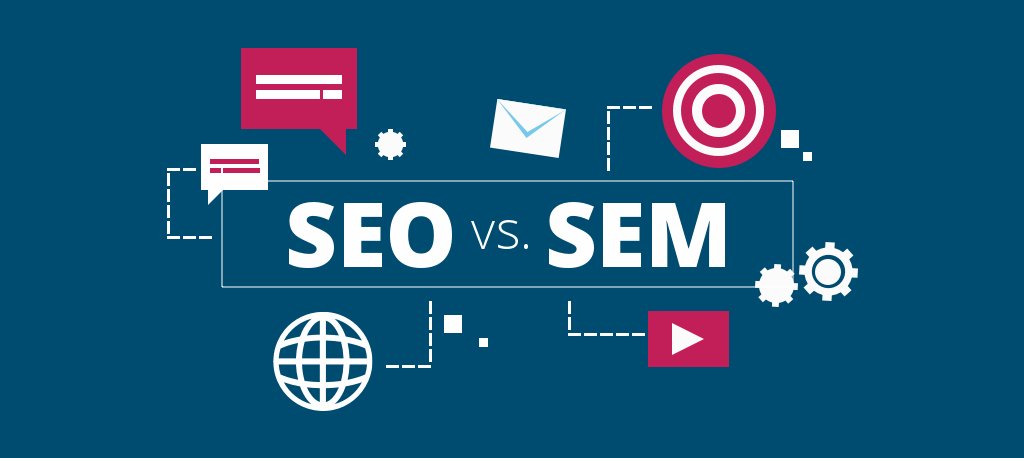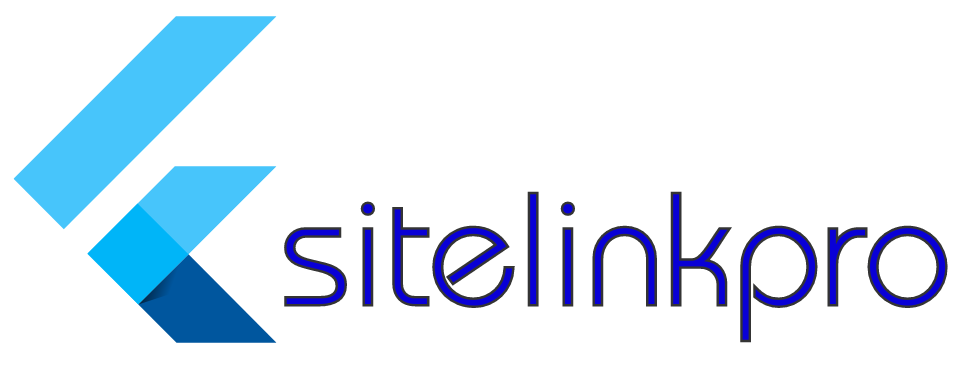
In the world of digital marketing, SEO (stic) and SEM (Search Engine Marketing) are two of the most effective strategies for driving traffic to your website. Both approaches aim to increase visibility in search engines like Google, but they operate in different ways and come with their own advantages and challenges.
If you’re a business owner trying to decide between SEO and SEM, understanding how they work and which one aligns best with your goals is essential. In this article, we’ll explore the differences between SEO and SEM, and help you determine which strategy is best suited for your business.
What is SEO?
Search Engine Optimization (SEO) is the practice of optimizing your website’s content, structure, and technical aspects to improve its organic rankings on search engine result pages (SERPs). Search Engine Optimization is a long-term strategy that focuses on increasing visibility through unpaid, organic search results. It involves tactics like:
- Keyword Research: Identifying relevant keywords that your audience is searching for and integrating them into your content.
- On-Page Optimization: Ensuring that your website’s pages are optimized with proper headings, meta descriptions, alt tags, and content structure.
- Technical SEO: Improving the website’s backend, including load speed, mobile-friendliness, and security features.
- Content Creation: Developing high-quality, valuable content that attracts visitors and builds authority in your niche.
- Backlinking: Earning quality backlinks from other reputable websites to increase your website’s credibility.
SEO is a long-term commitment, but once your site gains traction, the organic traffic is free, sustainable, and highly targeted.
What is SEM?
Search Engine Marketing (SEM), on the other hand, involves paid advertising to appear at the top of search engine results. SEM strategies, such as Google Ads, involve bidding on specific keywords so that your ads appear when people search for those terms. SEM is often referred to as pay-per-click (PPC) advertising because you pay each time a user clicks on your ad.
SEM strategies include:
- Keyword Bidding: Choosing keywords and setting a budget for how much you’re willing to pay per click (CPC).
- Ad Copy Creation: Crafting compelling ad copy that drives clicks and conversions.
- Landing Page Optimization: Ensuring that the page visitors land on after clicking your ad is optimized to convert leads into customers.
- Ad Performance Monitoring: Analyzing metrics such as click-through rates (CTR) and conversion rates to optimize your campaigns for better performance.
While SEM delivers quicker results than SEO, it requires a continuous budget to maintain visibility. Once you stop paying for ads, your visibility drops.
SEO vs. SEM: Pros and Cons
Both SEO and SEM have their own strengths and weaknesses, and the choice between the two depends on your business objectives, budget, and timeline.
- SEO Pros:
- Cost-Effective: Organic traffic from SEO is free, making it more affordable in the long run.
- Sustainable Results: Once you establish a strong presence, your site can consistently attract visitors without ongoing costs.
- Brand Authority: Ranking organically often signals trust and credibility to users.
- SEO Cons:
- Takes Time: It can take months, sometimes even years, to see significant results from SEO.
- Ongoing Effort: SEO requires constant optimization and content updates to maintain rankings.
- SEM Pros:
- Immediate Results: With SEM, your ads can start driving traffic almost immediately after launching.
- Targeted Campaigns: SEM allows you to target specific demographics, locations, and even times of day.
- Measurable ROI: SEM provides clear insights into metrics like clicks, impressions, and conversions, making it easy to track performance.
- SEM Cons:
- Expensive: SEM can be costly, especially in competitive industries where high-demand keywords require high bids.
- Short-Term Gains: Once you stop paying for ads, the traffic stops.
Which Strategy is Best for Your Business?
Choosing between SEO and SEM depends largely on your goals, timeline, and budget. If you’re looking for immediate visibility and have the budget for paid ads, SEM might be the best option. However, if you’re in it for the long haul and want to build organic traffic that is sustainable and cost-effective, SEO is the way to go.
A hybrid approach, where you use both SEO and SEM, is often ideal. While SEO is slowly building up your organic rankings, SEM can provide the immediate visibility you need to drive traffic and leads.
Enhance Your SEO and SEM Efforts with Sitelinkpro
As you work on optimizing your SEO or launching SEM campaigns, having the right tools can make a significant difference in your success. Sitelinkpro offers several free and easy-to-use tools to help support your digital marketing efforts:
- PNG to JPG Converter: When designing visual content or landing pages, you may need to convert images for better performance or aesthetics. Sitelinkpro’s PNG to JPG converter allows you to make these adjustments easily, helping your images load faster and display more efficiently.
- English Dictionary: Crafting ad copy or web content that is clear and accurate is essential. The English dictionary tool from Sitelinkpro ensures your content is polished and grammatically correct, which is crucial for both SEO and SEM.
- Remove Image Background: For website design and ads, having clean and professional visuals is key. Sitelinkpro’s background remover tool helps you create images that stand out, making your content more visually appealing.
SEO and SEM are both powerful strategies for increasing your business’s online visibility, but each serves different purposes. Whether you want to focus on long-term organic growth or immediate paid results, a combination of both strategies can offer the best of both worlds. Enhance your efforts with Sitelinkpro’s suite of tools to ensure your visuals and content are optimized, professional, and ready to drive results.



